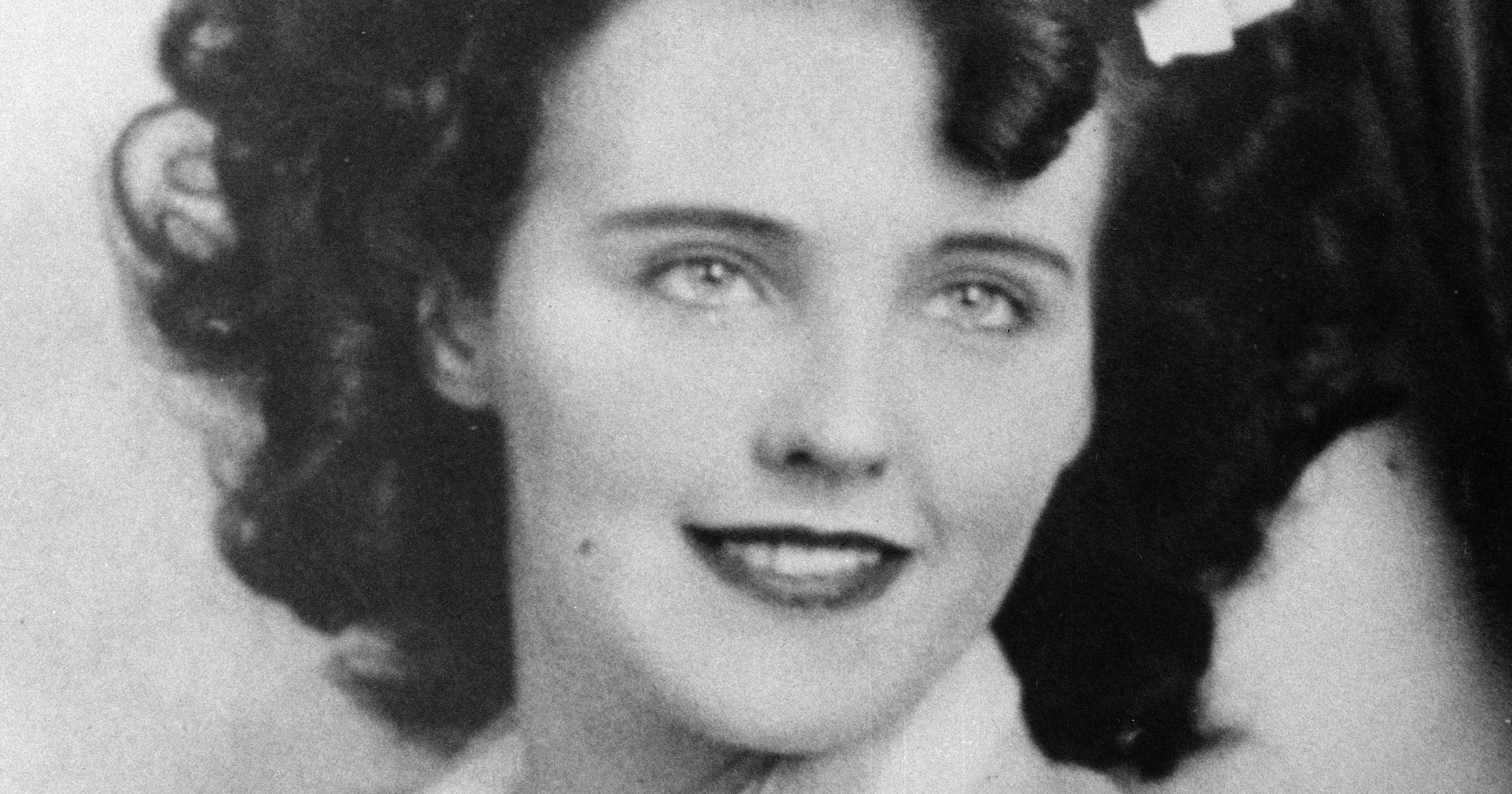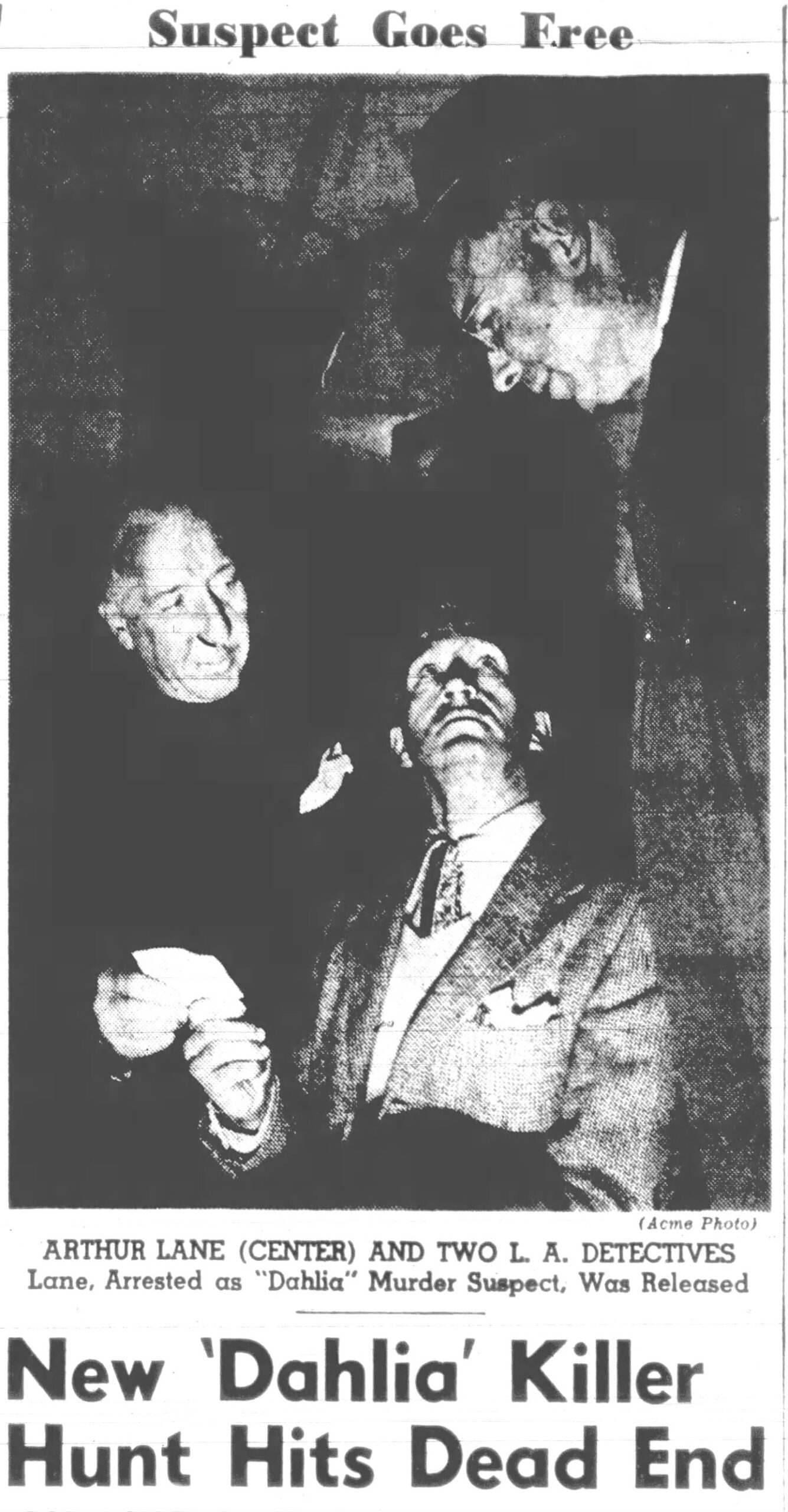The Black Dahlia murder case remains one of the most infamous unsolved crimes in American history. The case has captivated the public for decades, fueled by its gruesome nature and the mysterious circumstances surrounding the death of Elizabeth Short. The crime scene photos, although disturbing, have played a significant role in the investigation and the enduring fascination with the case. In this article, we delve deep into the details of the Black Dahlia murder crime scene photos, uncovering their significance and the story behind them.
The Black Dahlia case is not just a murder investigation; it is a reflection of the darker side of human nature and the complexities of criminal justice. The murder of Elizabeth Short, whose body was found mutilated in a vacant lot in Los Angeles, shocked the nation and left investigators baffled. The crime scene photos, though graphic, provide critical insights into the crime and the challenges faced by law enforcement.
As we explore the history, significance, and controversies surrounding the Black Dahlia murder crime scene photos, we aim to shed light on the importance of these images in the broader context of forensic science and true crime investigations. This article will examine the case from multiple angles, offering readers a comprehensive understanding of the events that unfolded and their lasting impact.
Read also:Peter Townshend The Musical Genius Behind The Who
Table of Contents
- Biography of Elizabeth Short
- Overview of the Crime Scene
- Importance of Crime Scene Photos
- Forensic Analysis of the Black Dahlia Case
- Controversies Surrounding the Photos
- Public Reaction to the Black Dahlia Murder Crime Scene Photos
- Impact on Media and True Crime
- Modern Perspective on the Case
- Unsolved Mysteries and Theories
- Conclusion and Reflection
Biography of Elizabeth Short
Early Life and Background
Elizabeth Short, known posthumously as the "Black Dahlia," was born on July 29, 1924, in Boston, Massachusetts. She was the second of five daughters in her family. Her early life was marked by frequent moves due to her father's involvement in various business ventures. Short's family faced financial hardships during the Great Depression, which significantly impacted her upbringing.
Personal Details
| Full Name | Elizabeth Short |
|---|---|
| Date of Birth | July 29, 1924 |
| Place of Birth | Boston, Massachusetts |
| Date of Death | January 15, 1947 |
| Place of Death | Los Angeles, California |
Overview of the Crime Scene
The Black Dahlia murder crime scene was discovered on January 15, 1947, in a vacant lot near Leimert Park in Los Angeles. Elizabeth Short's body was found mutilated, with her torso severed at the waist and her face grotesquely slashed. The crime scene photos captured the shocking details of the crime, providing critical evidence for investigators.
Key Details from the Crime Scene
- Short's body was posed in a bizarre manner, with her hands placed above her head.
- The crime scene was meticulously staged, suggesting a methodical and calculated approach by the killer.
- Medical examiners noted the absence of blood at the scene, indicating that Short may have been killed elsewhere and transported to the vacant lot.
Importance of Crime Scene Photos
The Black Dahlia murder crime scene photos have played a crucial role in the investigation and subsequent analysis of the case. These images, though disturbing, offer valuable insights into the killer's methods and the nature of the crime.
Forensic Value of Photos
Crime scene photos are indispensable tools in forensic investigations. They document the physical evidence, the position of the body, and the surrounding environment. In the case of the Black Dahlia, these photos revealed the extent of the mutilation and the precision with which the killer staged the scene.
Forensic Analysis of the Black Dahlia Case
Forensic science has advanced significantly since the 1940s, but the Black Dahlia case remains a challenging puzzle for investigators. The crime scene photos, combined with autopsy reports and other evidence, provide a foundation for understanding the crime.
Key Findings from the Autopsy
- Short suffered severe injuries to her face and body, including a deep gash on her mouth that extended to her ears.
- There was evidence of ligature marks on her wrists and ankles, suggesting she was restrained before her death.
- Toxicology reports indicated no signs of drugs or alcohol in her system at the time of death.
Controversies Surrounding the Photos
The Black Dahlia murder crime scene photos have been the subject of numerous controversies over the years. Critics argue that the release of these images to the public was unethical and exploitative. Others believe that the photos are essential for understanding the case and bringing the killer to justice.
Read also:La Vie En Rose Meaning Unveiling The Beauty Of Life Through Song
Debate on Ethical Use of Crime Scene Photos
The ethical implications of using crime scene photos in media and public discourse are significant. While these images provide valuable evidence, they also raise questions about privacy, respect for victims, and the potential for sensationalism.
Public Reaction to the Black Dahlia Murder Crime Scene Photos
The public reaction to the Black Dahlia murder crime scene photos was one of shock and outrage. The case captured national attention, with newspapers and media outlets extensively covering the details of the crime. The graphic nature of the photos contributed to the public's fascination and horror.
Impact on Society
The Black Dahlia case highlighted the darker aspects of society and the vulnerabilities faced by women. It sparked debates about crime prevention, law enforcement practices, and the treatment of victims in the media.
Impact on Media and True Crime
The Black Dahlia murder crime scene photos have had a lasting impact on the true crime genre. They have inspired countless books, documentaries, and films, contributing to the enduring fascination with the case. The media's portrayal of the crime has shaped public perception and fueled speculation about the killer's identity.
True Crime as a Cultural Phenomenon
The rise of true crime as a cultural phenomenon can be partly attributed to cases like the Black Dahlia murder. These stories captivate audiences, offering a glimpse into the complexities of human behavior and the justice system.
Modern Perspective on the Case
From a modern perspective, the Black Dahlia murder case highlights the challenges of solving cold cases and the importance of advancements in forensic science. Today, investigators have access to tools like DNA analysis and digital forensics, which were unavailable in the 1940s.
Technological Advancements in Forensic Science
Modern forensic techniques, such as DNA profiling and digital imaging, have revolutionized crime investigation. While these tools were not available during the Black Dahlia investigation, they offer hope for solving similar cases in the future.
Unsolved Mysteries and Theories
The Black Dahlia murder remains unsolved, with numerous theories and suspects proposed over the years. Despite the wealth of evidence, including the crime scene photos, the identity of the killer remains a mystery.
Notable Theories
- Some theorists suggest that the killer was someone known to Short, possibly a romantic interest or acquaintance.
- Others believe the crime was the work of a serial killer, with Short being one of several victims.
- Speculation about the involvement of organized crime or high-profile individuals has also persisted.
Conclusion and Reflection
The Black Dahlia murder crime scene photos continue to captivate and disturb audiences, serving as a reminder of the brutal nature of the crime and the enduring mystery surrounding it. Through forensic analysis, public discourse, and modern advancements, the case has become a cornerstone of true crime history.
As we reflect on the Black Dahlia case, it is essential to remember the humanity of Elizabeth Short and the impact of her tragic death on her family and society. We encourage readers to engage in thoughtful discussions about the case, explore related resources, and share their insights in the comments section below. Together, we can honor the memory of Elizabeth Short and strive for justice in unsolved crimes.
For further reading, consider exploring other articles on our site that delve into the world of true crime and forensic science. Your feedback and support help us continue to provide high-quality content that informs and inspires.


